The cuisine of Zulia is renowned nationally. I can say that during my brief time there, I noticed the wide variety of dishes offered, although some share similar ingredients or preparations.
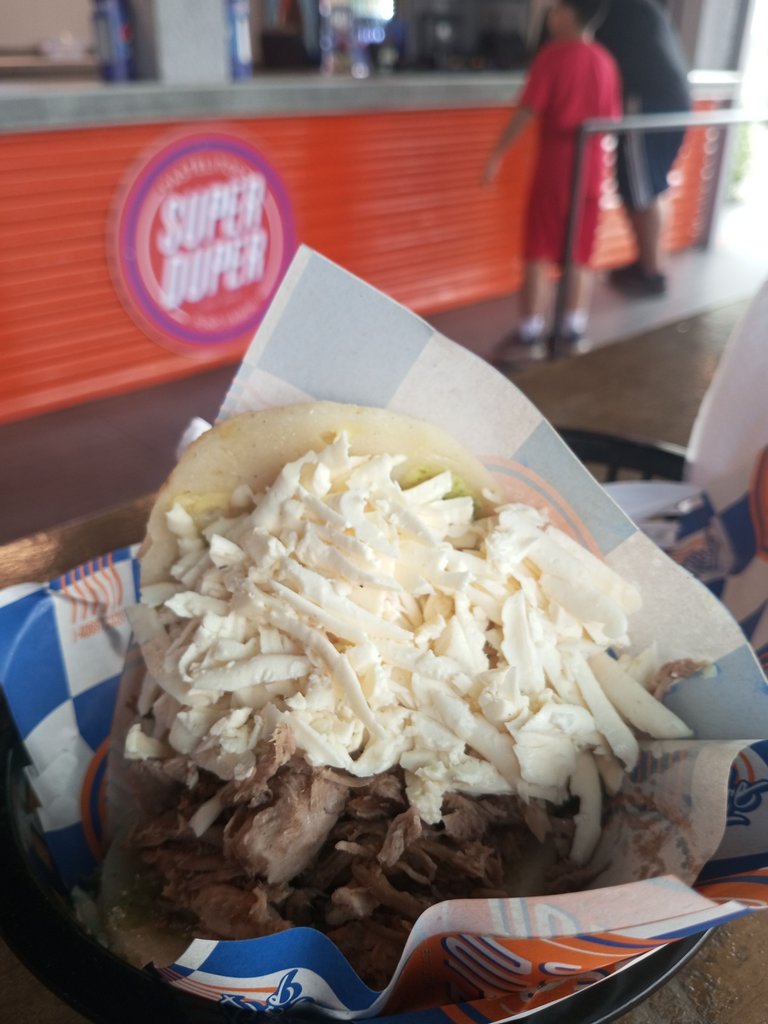
I'm not an expert in culinary reviews and don't intend to make one in this post; however, I want to share some of my impressions.
It's worth mentioning that some of the most famous dishes from Zulia, like patacón, tumbarrancho, or pastelitos, are not covered here. While I enjoy them quite a bit, I left them off the menu for this trip.
I was struck by the fascination with tequeños, which I know have national and even international fame. Curiously, I grew up in Los Teques, where this cheese-filled dough cylinder is said to originate. However, I don't think they sell as many tequeños in Los Altos Mirandinos as they do in the Zulia capital.
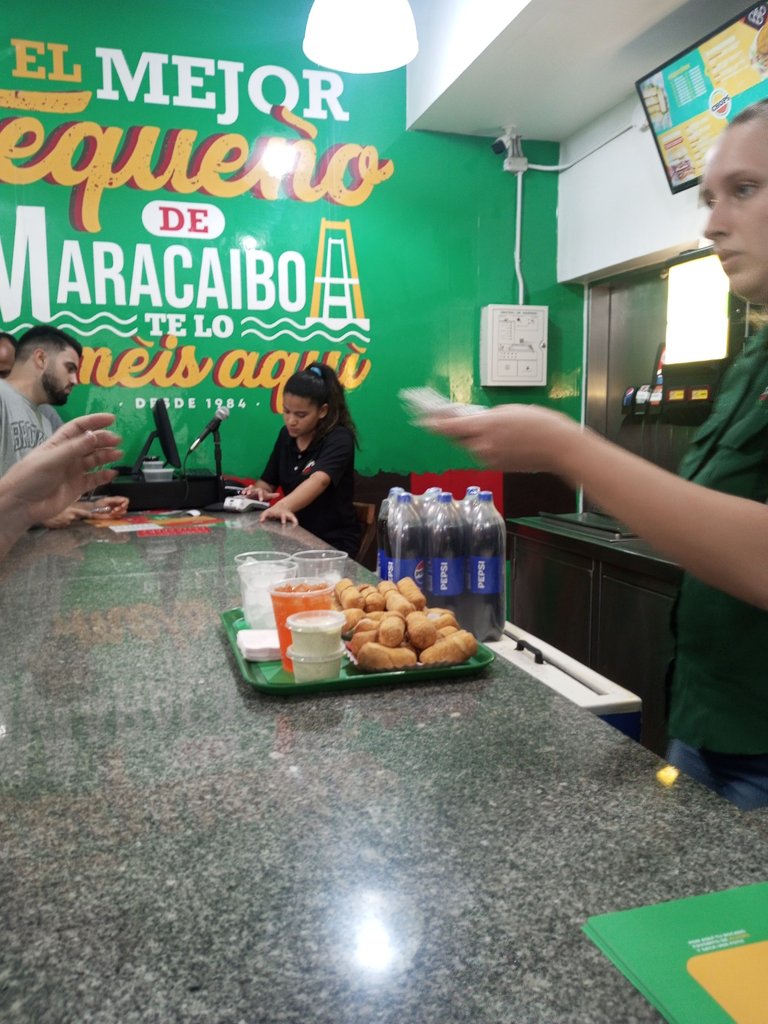
Zulia Arepas
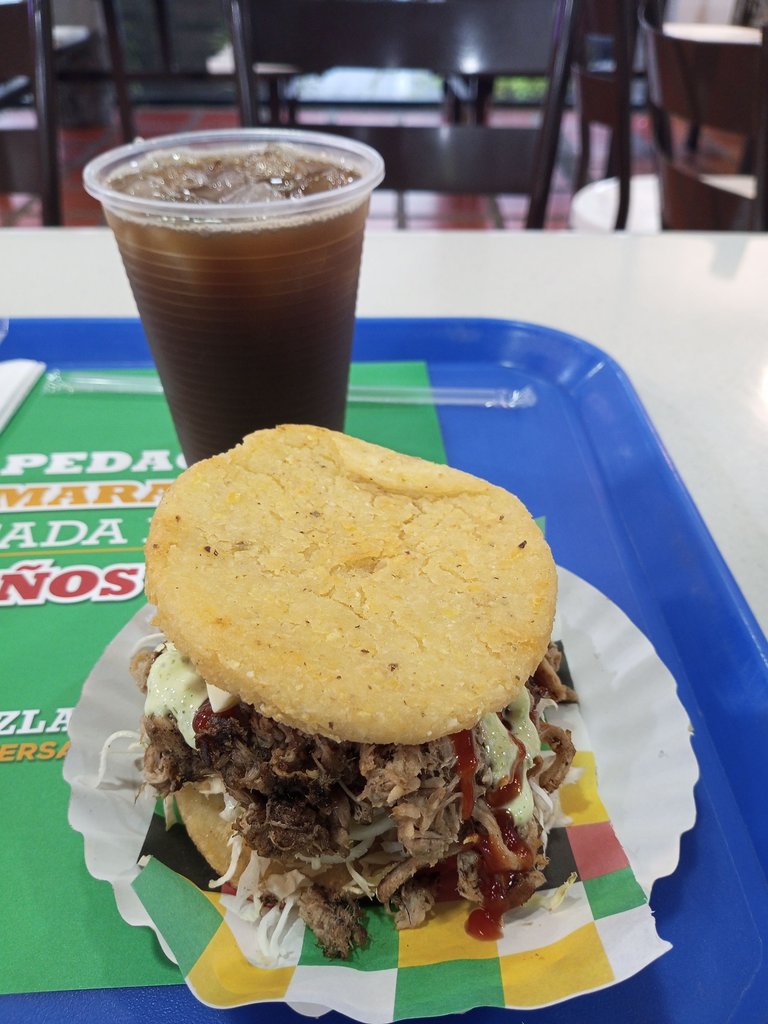
I understand that Venezuelan arepas, while essentially very similar, can vary greatly from region to region, even from family to family, which fascinates me. As a good Venezuelan, I never tire of eating arepas, and those from Zulia caught my attention for two reasons:
- They are made from pilado corn, meaning the dough is handcrafted and not made with the famous and less nutritious PAN flour.
- They are fried, which is something the Zulia palate loves, along with dishes that have plenty of sauce; there's no debate on that.
My pernil arepa was overflowing with sauces, which I don't usually do. I typically add guasacaca or hot sauce to my arepas, but that's about it. I also tried a more classic grilled arepa with pernil and cheese.
I loved the empanadas, which were much smaller and had a different dough preparation than those in Caracas. I ate them in several places and can say that all were above average: well-toasted, crispy, and always well accompanied by sauces.
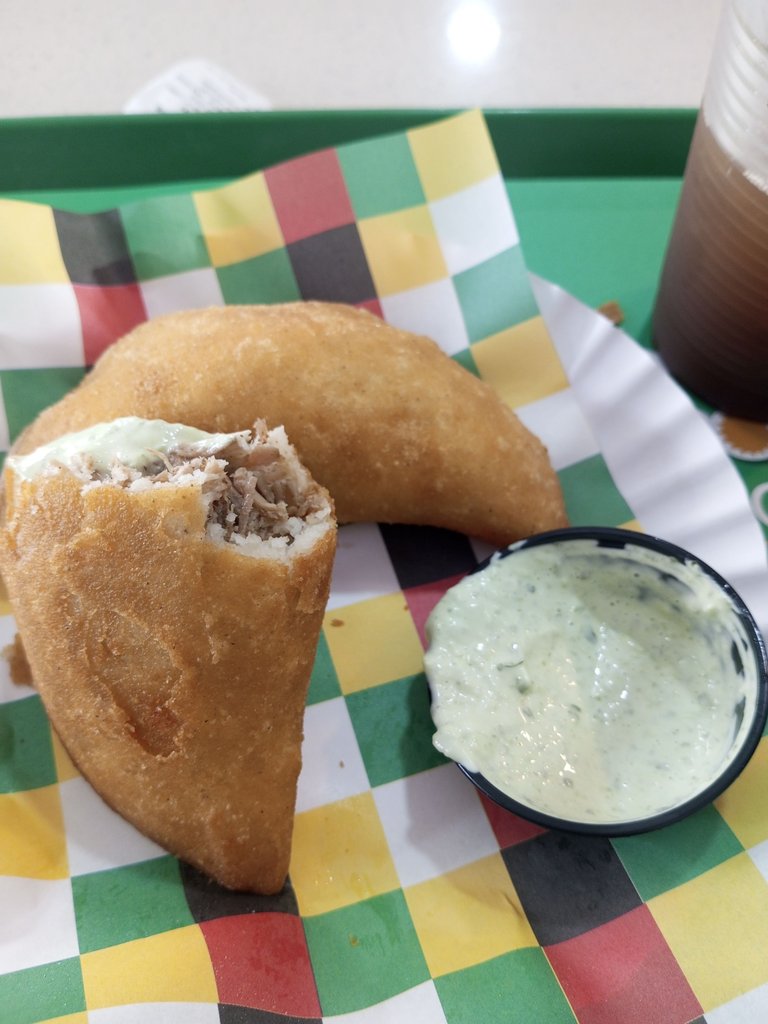
The hamburgers, with slight variations, are like a classic Venezuelan-style hamburger, perhaps with the addition of cebú cheese, a small round cheese that is a staple in Zulia cuisine.
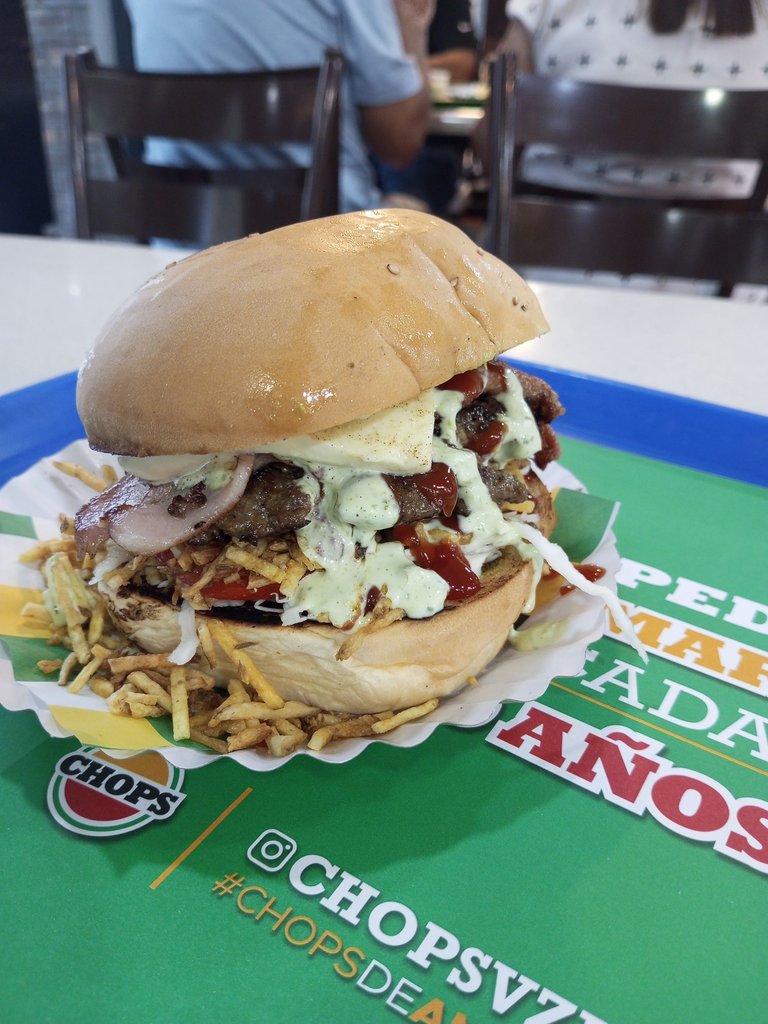
No menu is complete without the nationally famous Pabellón Criollo, which, although it has slight variations depending on the region, is essentially the same dish with caraotas (black beans), white rice, and shredded beef. Mine was a "pabellón montado" because it had a fried egg on top of the rice, a variation of the dish.
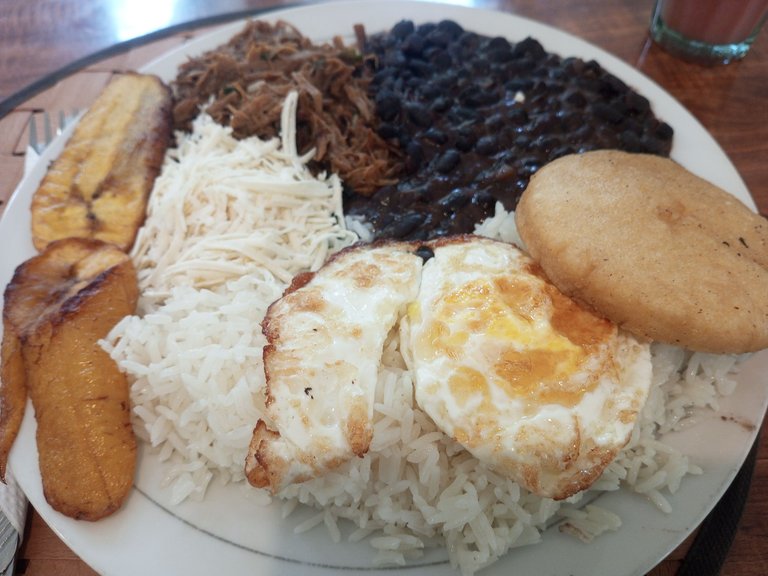
Of course, I was left wanting to continue tasting Zulia cuisine, and I might share another post about the delicious sweets and excellent coffees I tried. I believe that the people of Zulia are very emotionally connected to their food, making it a significant part of their social life.
Gastronomía zuliana
La gastronomía del Zulia tiene fama a nivel nacional. Puedo decir que, en el poco tiempo que estuve allí, me percaté de la amplia variedad de platos que ofrecen, aunque algunos comparten ingredientes o preparaciones similares.
No soy un experto en reseñas culinarias y no pretendo hacer una en este post; sin embargo, quiero compartir algunas de mis impresiones.
Cabe mencionar que no están reseñados aquí algunos de los platos más famosos del Zulia, como el patacón, el tumbarrancho o los pastelitos. Aunque me gustan bastante, los dejé fuera del menú en este viaje.
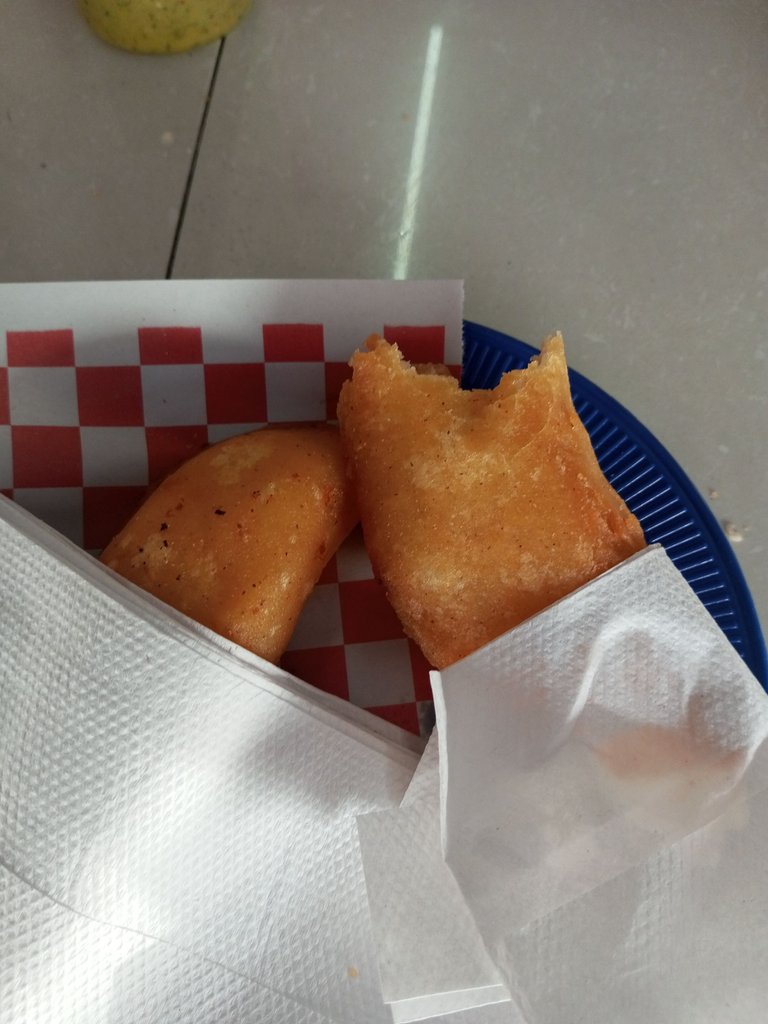
Me llamó la atención la fascinación por el tequeño, aunque sé que es de fama nacional e incluso internacional. Curiosamente, crecí en Los Teques, de donde se supone que es originario este cilindro de masa relleno de queso. Sin embargo, en Los Altos Mirandinos no creo que vendan tantos tequeños como en la capital zuliana.
Las arepas zulianas
Entiendo que las arepas venezolanas, aunque en esencia son muy similares, pueden variar bastante de región en región, incluso de familia en familia, algo que me fascina. Como buen venezolano, no me aburro de comer arepas, y las del Zulia me llamaron la atención por dos razones:
- Son de maíz pilado, es decir, la masa es hecha de manera artesanal y no con la famosa y poco nutritiva harina PAN.
- Las fríen, algo que encanta mucho al paladar zuliano, junto con las cosas con mucha salsa; en eso no hay discusión.
Mi arepa de pernil estaba rebosante y con salsas, algo que no acostumbro mucho. A mis arepas eventualmente les pongo guasacaca o picante, pero solo eso. También probé una arepa más clásica, asada, con pernil y queso.
Me encantaron las empanadas, con su tamaño mucho más pequeño y una preparación de masa distinta a las de Caracas. Las comí en varios lugares y puedo decir que todas estaban por encima del promedio: bien tostadas, crujientes y siempre bien acompañadas de salsas.
Las hamburguesas, podría decir que, con ligeras variaciones, son como una clásica hamburguesa estilo venezolano, quizás con el agregado del queso cebú, una especie de pequeño queso redondo que no falta en la cocina zuliana.
Algo que no falta en ningún menú es el nacionalmente célebre Pabellón Criollo que, aunque tiene ligeras variaciones según la región, en esencia siempre es el mismo plato con caraotas (frijoles negros), arroz blanco y carne mechada. El mío fue un "pabellón montado" porque llevaba un huevo frito sobre el arroz, como una variación del plato.
Por supuesto, quedé con ganas de seguir degustando la gastronomía zuliana y quizás comparta otro post con algo de dulcería y cafés muy buenos que probé. Creo que el zuliano está muy conectado emocionalmente con su comida, y esto hace que sea algo muy importante en su vida social.
